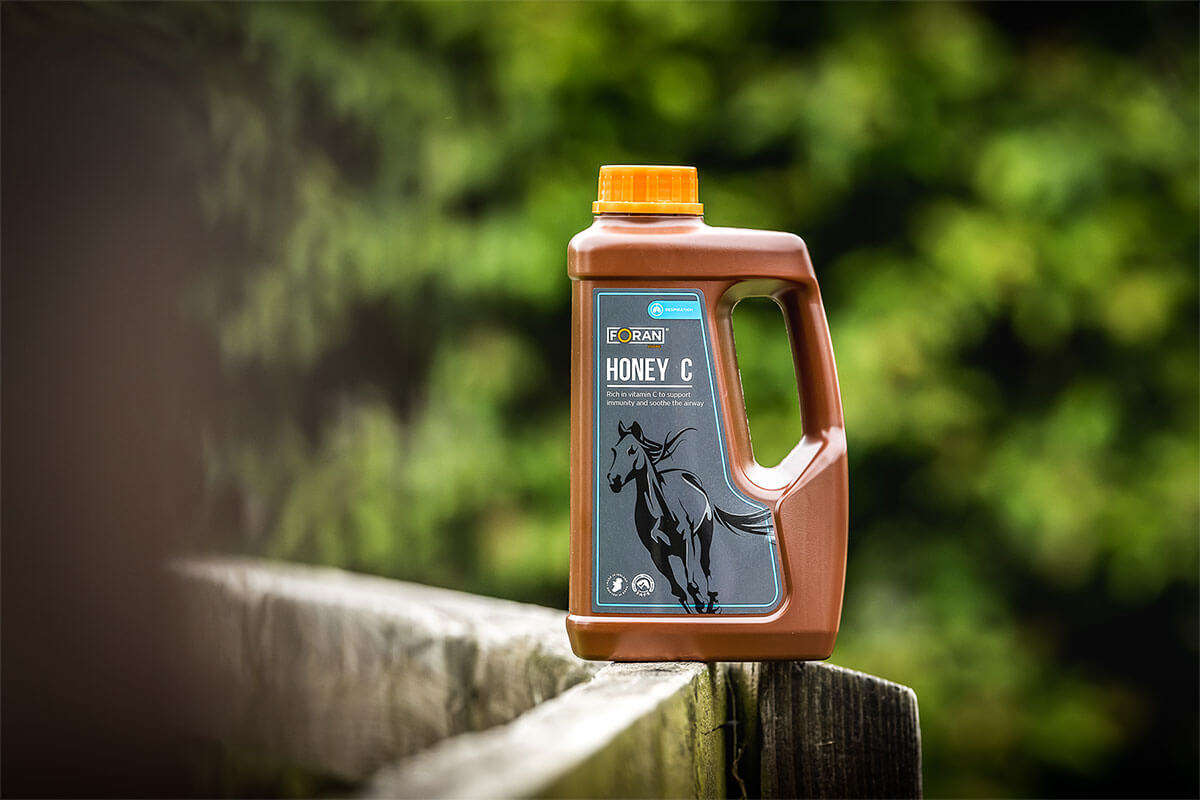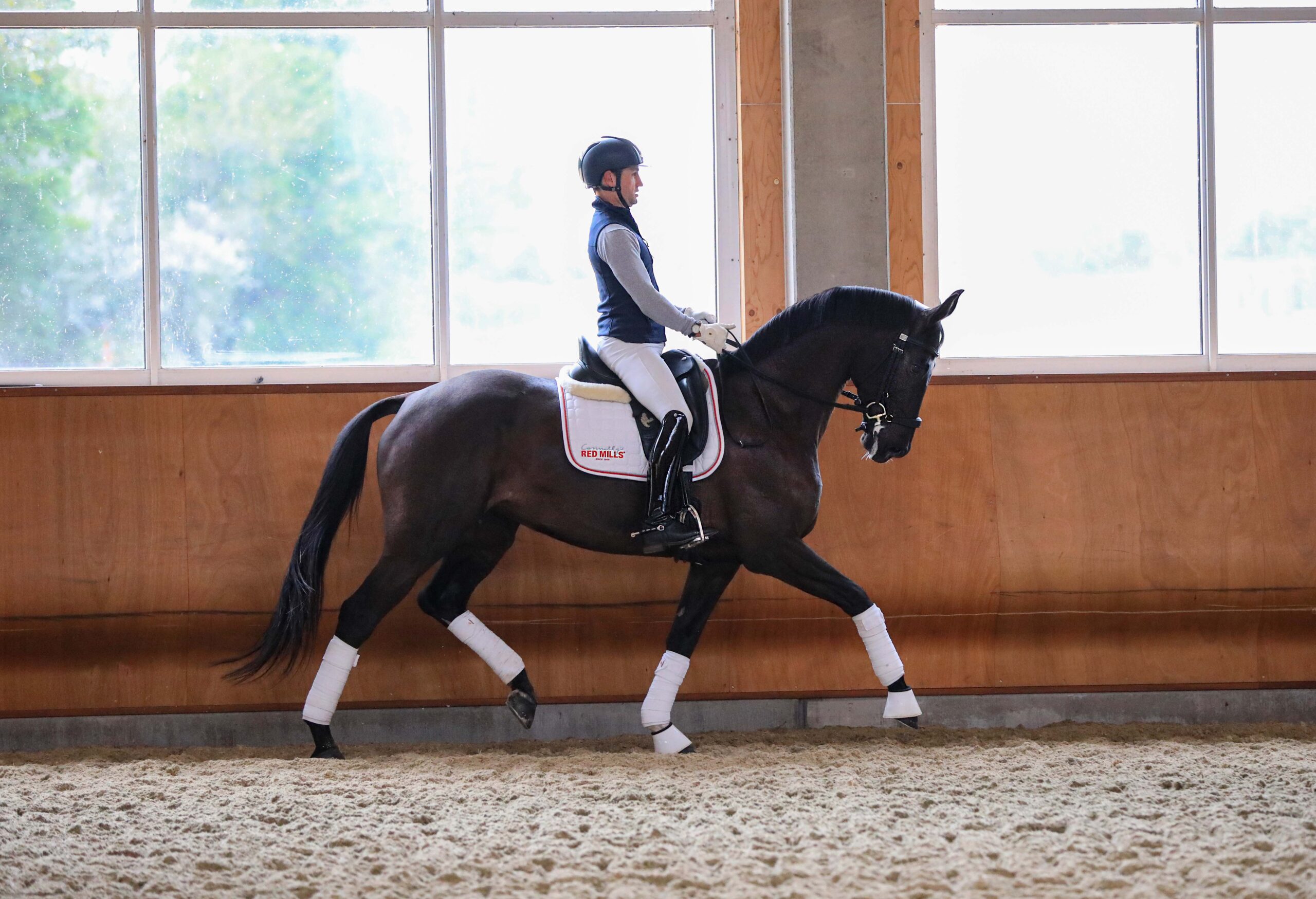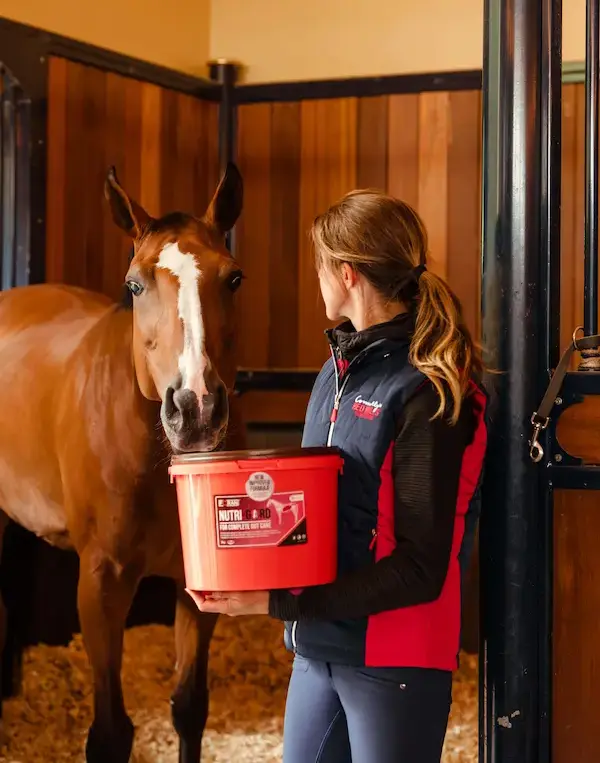
Signs and Management of Equine Asthma in the Middle East
Equine Asthma, also known as Recurrent Airway Obstruction (RAO), previously known as Chronic Obstructive Pulmonary Disease (COPD) or referred to as heaves in horses, is a common respiratory issue, often seen in older horses. Careful management is essential to alleviate symptoms in affected horses.
What is Recurrent Airway Obstruction (RAO) in Horses?
RAO (Equine Asthma) is an inflammatory respiratory condition triggered by environmental allergens like pollen, dust, or fungal spores. Horses with RAO experience narrowed airways (bronchospasm) and increased mucus production in response to these allergens. RAO is most prevalent in stabled horses and very prevalent in the Middle East as the climate is so dry and dusty. Cases are especially seen in environments where dust and mould are commonly found in bedding and hay. Some horses may also be sensitive to pollen, leading to an increased incidence of clinical signs of equine asthma in the summer months in some countries.
Recognizing Signs of RAO in Horses
The signs of RAO can vary, ranging from poor performance to breathing difficulties. Common indicators include:
– Increased respiratory rate (more than 12 breaths per minute at rest)
– Forceful exhalation or double expiration
– The presence of a “heave” line along the bottom edge of the ribs
– Chronic cough
– Decreased exercise tolerance and performance
– Excessive mucus production
– Wheezing
– Nostril flaring
If your horse experiences breathing difficulties, contact your vet immediately.

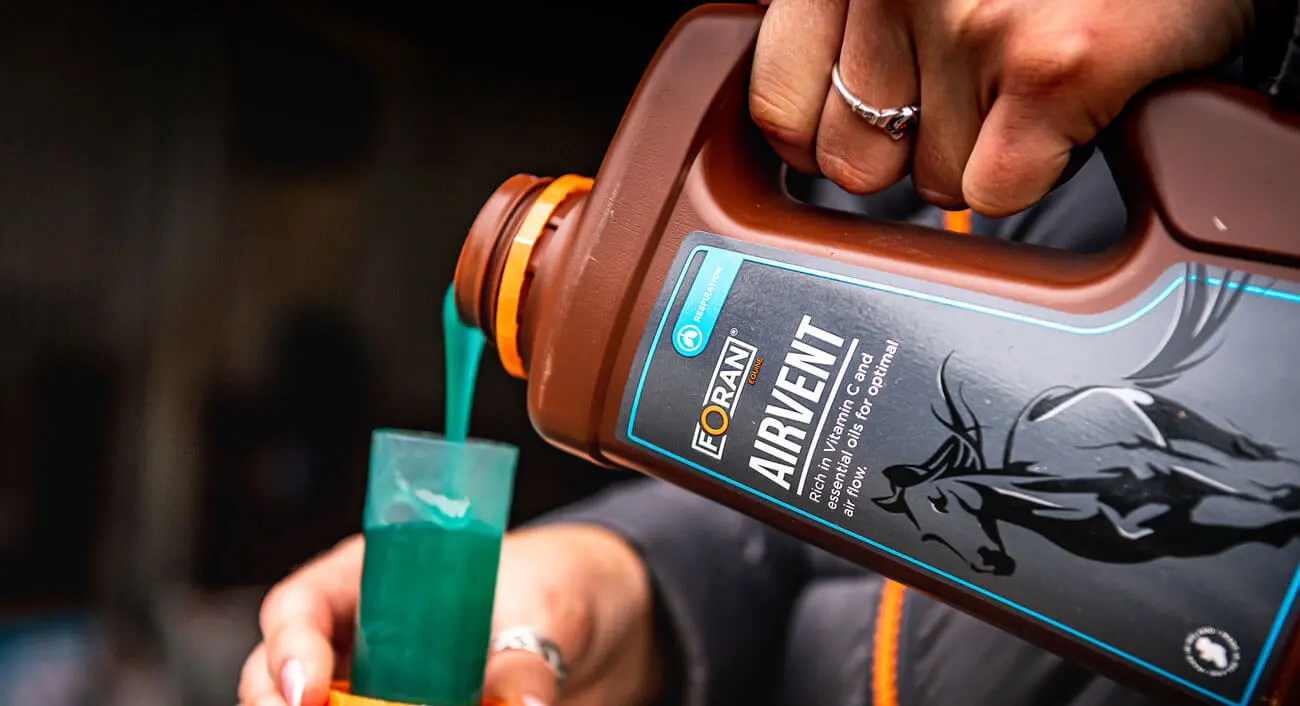
Diagnosing RAO in Horses
Diagnosing RAO involves a comprehensive assessment of your horse’s history and a thorough examination by your vet. In some cases, additional tests like blood tests, endoscopy, and bronchoalveolar lavage (BAL) may be needed to rule out other respiratory issues. RAO’s clinical signs are relatively nonspecific and may overlap with those of other diseases.
Managing RAO in Horses
RAO is a lifelong condition, but several measures can help alleviate symptoms. For stabled horses, the most effective solution is to eliminate the cause by removing them from their dusty environment.
However, in most cases this is not feasible. In that case, steps to reduce dust and mould in the stable environment include:
– Use dust-free bedding
– Provide mould-free forage
– Soak hay for one hour or use a hay steamer
Your vet may prescribe medications such as bronchodilators to open the airways or corticosteroids to reduce inflammation in long-term cases. Inhalers may be recommended for drug delivery but be aware that bronchodilators and corticosteroids are not suitable for use in competition horses.
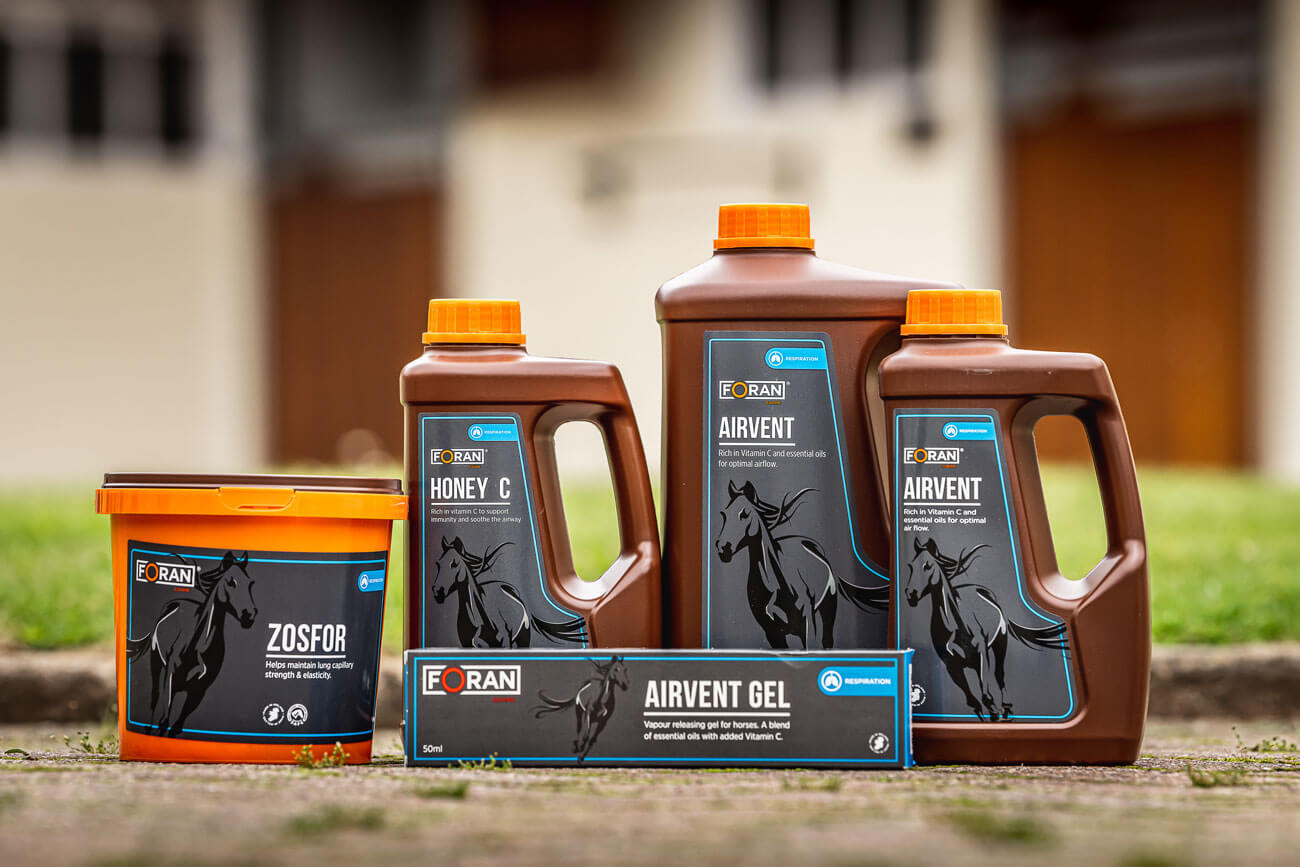
Nutritional supplements designed to support the respiratory system can be beneficial. Airvent Syrup & Gel, our equine respiratory supplement contains Vitamin C to maintain immune and respiratory function, soothing honey, peppermint, and eucalyptus to open airways. Honey C is another equine respiratory supplement in our range, which is a palatable syrup format combining honey’s soothing effect with the antioxidant power of Vitamin C for horses, along with thyme, liquorice, and horehound, known for supporting respiratory health.
Inflammatory Airway Disease (IAD)
Inflammatory airway disease is typically observed in young exercising horses. Affected horses show poor performance, exercise intolerance, and intermittent cough. Unlike RAO, their breathing is normal at rest. IAD is believed to be allergy-related, so similar management steps may prove effective.
For any enquiries or issues related to your horse’s health, please don’t hesitate to contact the Foran Equine team, who are ready to assist you.

Contact our sales team via WhatsApp or email

Nicolas Gaumerais
Group Commercial Manager GCC Region
Based in the UAE, Nicolas Gaumerais is the Commercial Manager of the Connolly's RED MILLS Group which includes Foran Equine supplements and Connolly's RED MILLS horse feed in the GCC region. Nicholas regularly travels across the Gulf.







